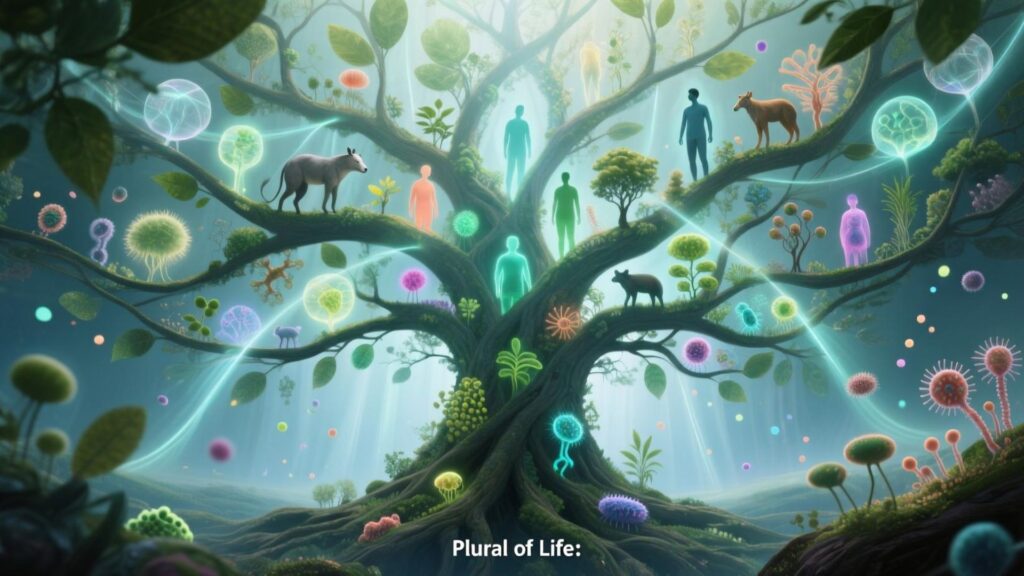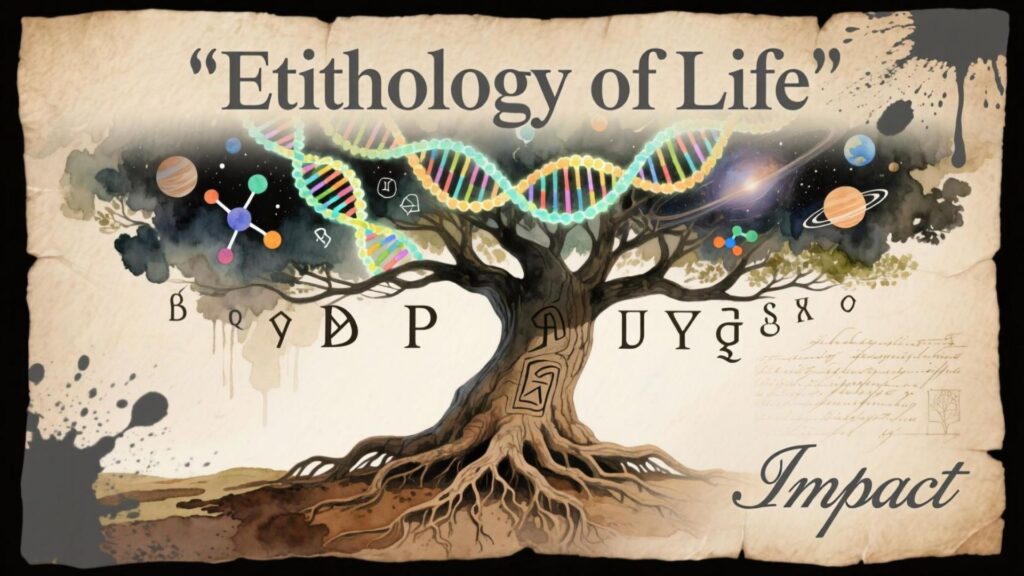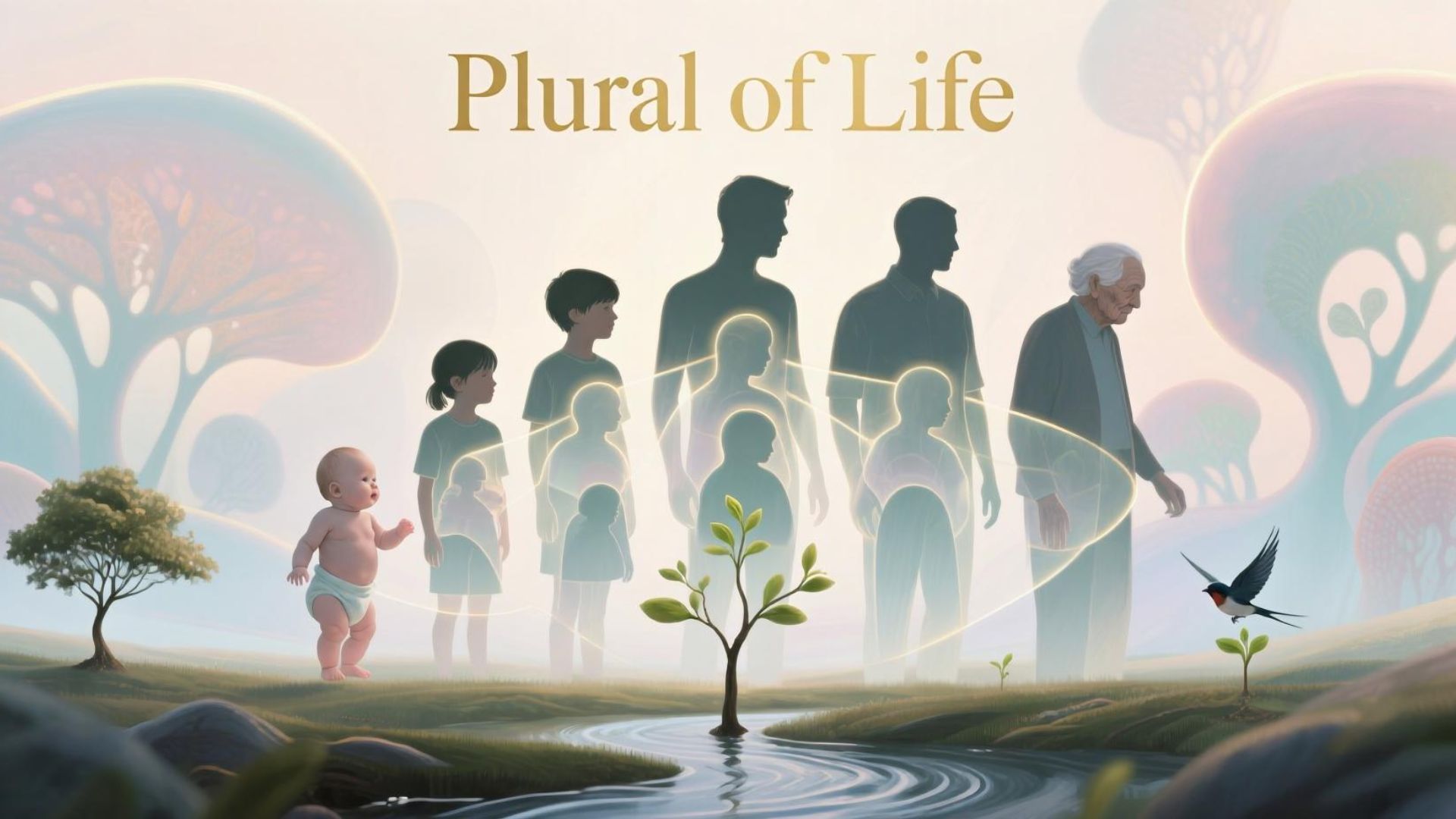Have you ever paused mid-sentence, wondering, What’s the plural of life? Is it lifes or lives? If you’ve faced this dilemma, you’re not alone. Many English learners and even native speakers get tangled in the details of pluralization rules for English nouns, especially irregular ones like life.
This article breaks down everything you need to know about the plural of life, explores its origins, highlights common mistakes, and gives you practical examples (including real-life scenarios like emails) to help you master it.
Simple Definition + Usage Overview

The singular form is life, which refers to the state of living, the existence of living beings, or the period between birth and death. But when you want to talk about more than one, the correct plural form of life is lives not lifes.
Why? Because life follows a specific pluralization pattern: -f changes to -ves. This is the same rule applied to words like:
- wife → wives
- knife → knives
- wolf → wolves
So remember: one life, many lives.
Rule for Pluralizing Life
Bulleted Rules with Do’s & Don’ts
Do:
- ✅ Use lives when referring to multiple lives in any context.
- ✅ Apply the -f to -ves rule for most nouns ending in -f or -fe.
Don’t:
- ❌ Write lifes it’s incorrect.
- ❌ Confuse lives (plural noun) with lives (verb form as in “She lives in London”).
Examples of Life and Lives in Sentences
- The rescue mission saved dozens of lives.
- We lead very different lives, yet share common values.
- Reading books allows you to live multiple lives in one lifetime.
Before/After Examples in Everyday Use
Incorrect:
This book changed our lifes forever.
Correct:
This book changed our lives forever.
Email Scenario Examples
Email Example – Corporate Context
Subject: Improving Safety Saves Lives
Hi Mark,
I wanted to share the latest report with you. Thanks to our new protocols, we’ve saved countless lives on-site this year. Your leadership has made a real difference in people’s lives.
Let’s keep this momentum going.
Best,
Sophia
Email Example – Personal Note
Subject: How You Changed Our Lives
Dear Emma,
Your mentorship has completely transformed my perspective. It didn’t just impact me; it changed my entire family’s lives for the better.
Thank you for everything.
Warm regards,
Daniel
Pluralization Rule for F Ending Words

The rule for pluralizing life fits into a larger category: nouns ending in -f or -fe often change to -ves.
Here are some common examples:
- life → lives
- knife → knives
- wife → wives
- shelf → shelves
Quick Reference Table
| Singular | Plural | Example Sentence |
|---|---|---|
| life | lives | They saved many lives during the flood. |
Why Not Lifes? The Historical Context
Historically, English adopted this pattern from Old English and Proto-Germanic roots (libam). The evolution of the word from the Proto-Indo-European root leip- explains why the shift from f to v became standardized. While exceptions like roofs exist, life → lives remains consistent with traditional morphology.
Semantic Dimensions: More Than Existence
The plural of life doesn’t just mean multiple living beings. It can also refer to:
- Different stages or roles: “Actors live many lives on stage.”
- Experiences: “Travel lets you experience other people’s lives.”
- Metaphorical meanings: “Writers live a thousand lives through words.”
Common Idioms and Phrases with Life
Idioms enrich English, and many involve life in plural form:
- “Nine lives” (cats are said to have nine lives)
- “The time of our lives” (having a great experience)
- “Double lives” (living in two different ways secretly)
Common Mistakes & Fixes
Mistake 1: Using lifes
Fix: Always use lives for the plural form.
Mistake 2: Confusing verb and noun forms
Example:
- He lives in New York (verb).
- They saved many lives during the crisis (noun).
Etymology of Life and Its Impact

The Old English origin of life as līf (meaning body or existence) shaped today’s spelling. Through time, it merged with pluralization rules for irregular nouns in English, reinforcing the -ves ending.
Tips to Remember
- Think of similar words: wife → wives, knife → knives, life → lives.
- Mnemonic: If life gives you lemons, share them with many lives.
Quick Keyword-Based Takeaways
- Plural of life: lives
- Why life becomes lives: Because of the -f to -ves pluralization rule
- Difference between lifes and lives: lives is correct; lifes is wrong
- Possessive vs plural: Life’s meaning (possessive), Many lives (plural)
Wrapping It Up
The next time you hesitate, remember this:
One life can make a difference, but together, we can change countless lives.
Understanding the pluralization rule for f ending words, exploring the etymology of life, and applying these tips will help you avoid mistakes and write with confidence.

